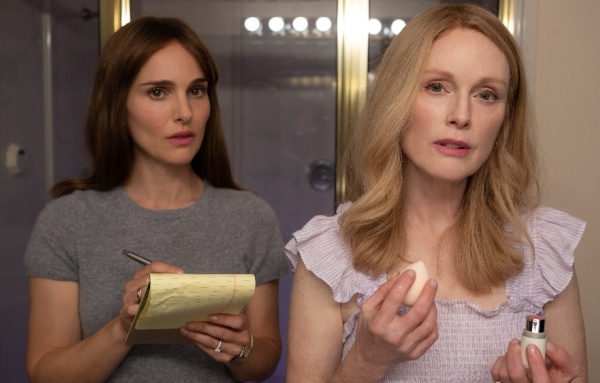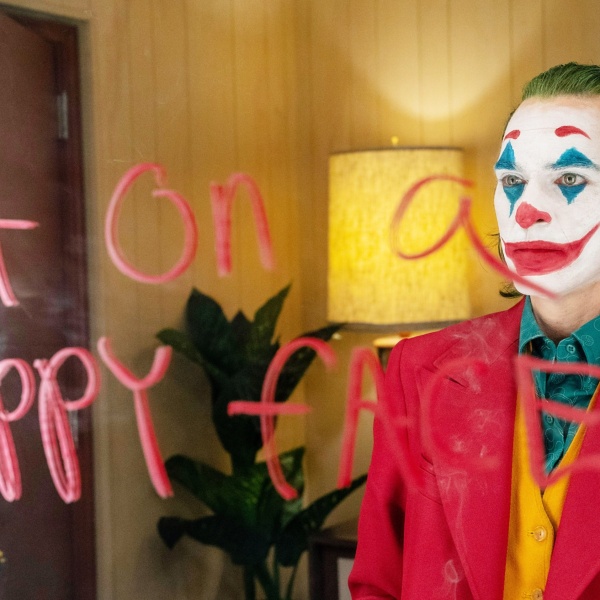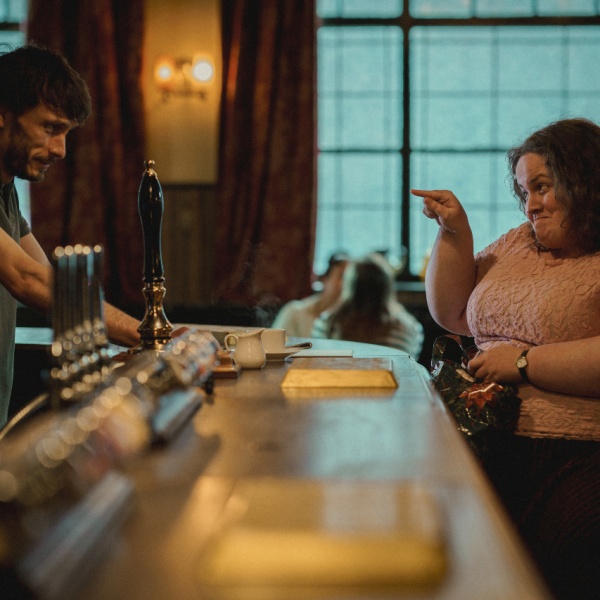George Lucas Says Conversion Of ‘Star Wars’ Into 3D Will Cost More Than The Film’s Original Budget
![]()
James Cameron, Jeffrey Katzenberg and George Lucas sat down together yesterday at CinemaCon to once again talk about the future of moviegoing; in other words they talked about 3D. With more and more films being pushed into the release chain requiring those dumb glasses, the format clearly isn’t going away anytime soon but we’re also at the tip of the iceberg in terms of how “real” the experience can get.
Did you watch “Avatar” and think to yourself, “Yeah, this is okay, but I really wish they had upped the frame rates on this.” Well, James Cameron is about to be your savior. THR reports that during the conference, Cameron revealed that he wants to be shooting the “Avatar” sequels utilizing a faster 48 or 60 frame rate for the movies explaining, “When you author and project a movie at 48 or 60, it becomes a different movie. The 3D shows you a window into reality; the higher frame rate takes the glass out of the window. In fact, it is just reality. It is really stunning.”
Without getting way too technical (and boring), a faster frame rate theoretically offers a much smoother viewing experience for action heavy scenes with far more detail. However, the problem with faster frame rates in the past is that for less motion oriented sequences, the effect can be somewhat jarring. But Cameron is already figuring out a way to make the leap to even more real looking effects and is set to show off a demonstration sometime today.
And speaking of 3D, it appears Cameron has somewhat softened on his stance against post-conversion into 3D, with his buddy George Lucas revealing that to do it right, you need a lengthy amount of time. “We have been working on conversion (for roughly seven years). It’s not a technical problem, it’s a creative problem getting really talented creative people to work in 3D,” Lucas revealed. He also added, that you need deep, deep pockets to get it done.
“It is not cheap. It is not fast. If you want do it right, you can do it right,” he said, going on to say that the cost of converting the first “Star Wars” movie will actually exceed that film‘s original budget. Guess we’ll see the result when that film hits theaters in its new 3D glory in 2015 (in case you forgot, Lucas is re-releasing his “Star Wars” films starting in 2012 with one per year coming in fancy pants three dimensions).
And while Cameron agrees that the post-production process is now much better, he argues that the time to get to it right still doesn’t make sense. “I do not believe you can effectively create the conversion process into the normal post-production chain of a movie unless you are willing to take six to eight months to do the conversion,” he said. “Who wants to sit on their $100-150 million (movie) for an additional six to eight months? That is going to cost you a hell of a lot more than shooting in 3D?” Good point. But as with all things technological, we’re sure that the window to 3D-ify a movie will get smaller and smaller as time goes on.
Anyway, at some point later this year, Cameron will begin pre-production on “Avatar 2” and while much has been made of its underseas setting, the director also has another inspiration that he hopes will take this sequel into realms. He wants to take his cast to Brazil.
“‘Avatar’ is a film about the rain forest and its indigenous people. Before I start to shoot the two films I want to bring my actors here, so I can better tell this story”, he said while recently attending the International Forum on Sustainability in the country. “Actors could learn about the natives and what real life in the jungle is like.”
A local caiapo tribe gave Cameron the name “Krapremp-ti” meaning “man who is a friend of the jungle.” He said he plans to give a character than name in “Avatar 2” — Cameron isn’t big on subtlety — adding, “If I had met the caiapos before making ‘Avatar,’ I would certainly have made a better film.”
We’ll leave that comment alone and see if his new Brazilian influence will raise the stakes for his upcoming sequel, planned to hit theaters in December 2014.



